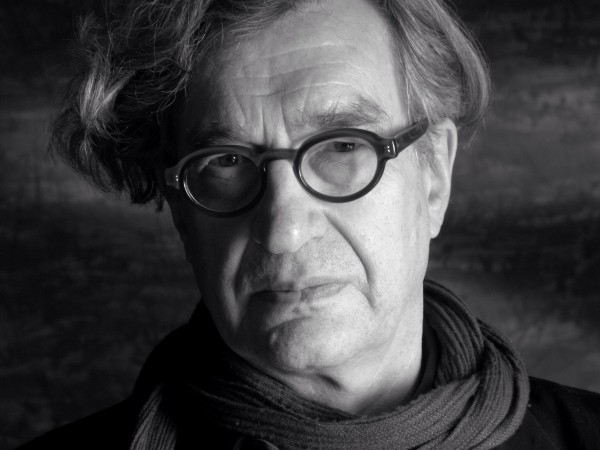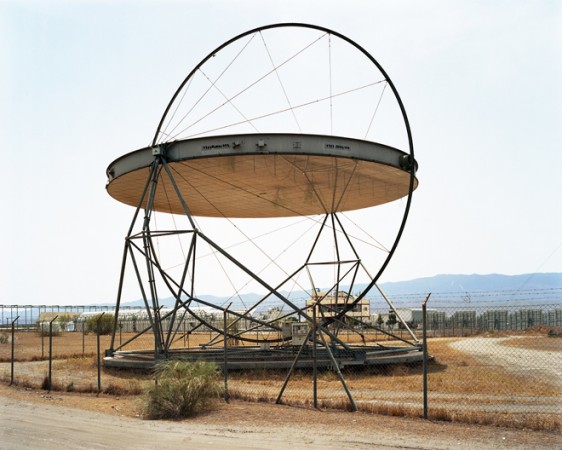Mientras leía una entrevista con Wim Wenders (del que ya se ha hablado aquí) publicada en el Telegraph Magazine, me topé con un párrafo en el que el cineasta y fotógrafo da su opinión sobre la fotografía digital. Muchos de nosotros estamos aún enfrentados a la transformación del medio, y encontramos complicado y, en cierto modo, artificial, apoyarnos demasiado en los procesos digitales. Escuchar el punto de vista de unos de los artistas visuales más respetados de las últimas generaciones resulta, al menos, interesante. He aquí un extracto de la entrevista:
«Wenders es un purista, y se muestra apasionado en su denuncia de la fotografía digital, en particular con los procesos actuales de manipulación y montaje.
“Una fotografía ya no es una fotografía”, dice encogiéndose de hombros, “son tres o cuatro fotografías unidas. No quiero ser demasiado duro, pero es algo diferente, no creo que sea fotografía”.
Se trata de un tema que aborda de manera directa en su última película, Palermo Shooting (2008). El personaje principal, Finn, es un egocéntrico fotógrafo de moda alemán que, en un accidente casi mortal, ve a la muerte, encarnada en la forma sombría de Dennis Hopper. Impactado, y en un intento por escapar su frenética y artificial existencia, huye a Palermo donde finalmente se enfrenta cara a cara con la muerte. El personaje de la muerte parece estar también en contra de la fotografía digital, y prefiere los sistemas tradicionales en los que el negativo fotográfico se transforma en la imagen positiva. La muerte en sí es, según afirma Hopper, “el negativo de la vida”.
“En el mundo digital no hay necesidad de fiarse de lo que ves; es una invitación abierta a la manipulación” le dice la muerte a Finn en la película. “Se pierde la… Esencia.” »
Mantengamos ese último párrafo en mente. Al igual que muchos fotógrafos de la vieja escuela hoy en día, uso principalmente película, aunque a veces también un equipo digital. Por razones que no soy capaz de explicar, tengo más respeto por mis imágenes analógicas que por las digitales, en especial en lo que al postprocesado se refiere. No me atrevería a modificar demasiado uno de mis negativos, me da la impresión de estar profanando algo. Esto, sin embargo, no me ocurre con las imágenes digitales. Como dice Wenders, éstas resultan más volátiles o temporales, quizá menos reales. Por supuesto, esa sensación no se experimenta como observador, pero afecta radicalmente al proceso creativo. Para algunos de nosotros, la película es todavía algo vivo que merece especial cuidado, atención y respeto. ¿Se nos pasará algún día?
 © Melle van Essen
© Melle van Essen
I was reading an interview with filmmaker and photographer Wim Wenders (whom I have already talked about here) published in the Telegraph Magazine when I found a little paragraph about his opinion on digital photography. Many of us still struggle to adapt to the transformation, and find it difficult and kind of fake to rely on digital processes. Listening to one of the most respected visual artists of the last generations can be enlightening to say the least. Here is an extract from that interview:
«Wenders is a purist. He is vehement in his denunciation of digital photography, and particularly the modern processes of digital manipulation and montage.
‘One picture is no longer one picture’, he says with a shrug. ‘It’s three or four pictures put together. I don’t want to bash it, it’s a different thing, but I don’t think it’s photography’.
This is a subject that his last feature film, Palermo Shooting (2008), addressed head-on. The central character, Finn, is a self-regarding German fashion photographer who, in a near fatal car accident, glimpses Death, in the shadowy form of Dennis Hopper. Shaken, in a bid to escape his frenetic and artificial life, he flees to Palermo, where he and Death are finally brought face to face. Death too, it seems, is against digital photography, favoring the more traditional processes by which the photographic negative is transformed into a positive image – Death himself, as Hopper points out, being ‘the negative of life’.
‘With digital there is no need to trust what’s there. It’s an open invitation to manipulation,’ Death tells Finn. ‘You lose the… essence.’»
Keep that last paragraph in mind. Like a lot of old-school photographers today, I shoot mostly film, and sometimes digital. For reasons that I cannot explain, I respect my analog images much more than the digital ones, especially when it comes to post-processing. I would not dare modify one of my negatives heavily, it feels like a profanity to me. That does not occur with digital images, though. As Wenders says, they are volatile items, more transitory and unreal. Of course, as viewers we cannot experience that, but it affects the creative process radically. For some of us, film is still more of a living creature that deserves special care, attention and respect. Will that feeling ever disappear?








